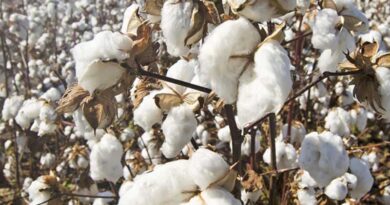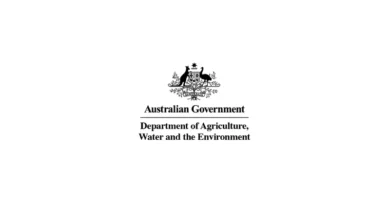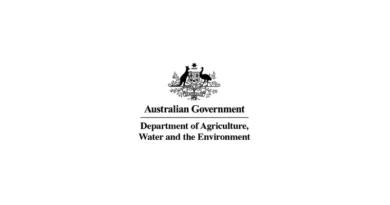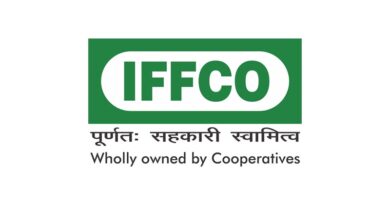Indian Cotton Prices and Outlook for March 2024: A Mixed Bag for Cotton Producers
04 March 2024, New Delhi: Indian cotton prices are expected to remain in a range of Rs 7500-8000-8300 per quintal in the months of March, April, and May. Several factors contribute to this projection, including increased rates for Saraki (cotton seed) and cotton cake (dhep), rising demand from other countries, and a surge in demand for clothes and spindles. However, there are also potential risks that could impact prices, such as unforeseen events like elections or market sentiments. It is essential to consider these factors before making any decisions. Here’s what you need to know.
Factors Affecting Cotton Prices
1. Increased Rates for Saraki and Cotton Cake: The rates for Saraki (cotton seed) have risen by Rs 300-500 per quintal, while cotton cake (dhep) rates have increased by around Rs 300 per quintal. These price hikes contribute to the overall cost of cotton production and may impact the final price of cotton in the market.
2. Growing Demand from Other Countries: Indian cotton has witnessed increased demand from other countries, leading to the export of approximately 20 lakh bales. This international demand adds pressure to the domestic supply, potentially affecting local prices.
3. Rising Demand for Clothes and Spindles: The demand for clothes and spindles is on the rise, both domestically and internationally. This increased demand drives the need for raw materials like cotton, which can impact prices due to the supply-demand dynamics.
4. Limited Stockpiling by Local Textile Owners: Many local textile owners did not stock up on cotton in anticipation of a drop in prices. However, with the surge in demand, their need for cotton has spiked. This sudden increase in demand can influence the overall market dynamics and potentially drive prices higher.
Market Outlook and Recommendations
Considering the current scenario, it is advisable that farmers plan cotton sales in a phased manner. Selling approximately 40% of your cotton in March, followed by 30% in April and another 30% in May, if possible, can help you optimize your returns. However, it is crucial to remember that risks are inherent in the market, and unforeseen factors like elections or market sentiments can impact cotton prices. Ultimately, the decision to sell your cotton should be based on careful consideration of these factors and your individual circumstances.
Supply and Import Dynamics
This year, the estimated cotton production is around 260 lakh bales, with an additional carryover stock of approximately 60 lakh bales. This suggests a decrease in availability compared to previous years. Furthermore, importing cotton from other countries is expected to be 10 to 12% costlier this year, adding to the challenges faced by cotton producers.
The Indian cotton market presents a mixed bag of opportunities and challenges. While increased rates for Saraki and cotton cake, growing demand from other countries, and rising demand for clothes and spindles may contribute to favorable prices, it is crucial to consider potential risks, such as unforeseen events or market sentiments. Carefully assessing the market dynamics and making informed decisions regarding the timing and volume of cotton sales can help farmers navigate the market more effectively.
(For Latest Agriculture News & Updates, follow Krishak Jagat on Google News)















